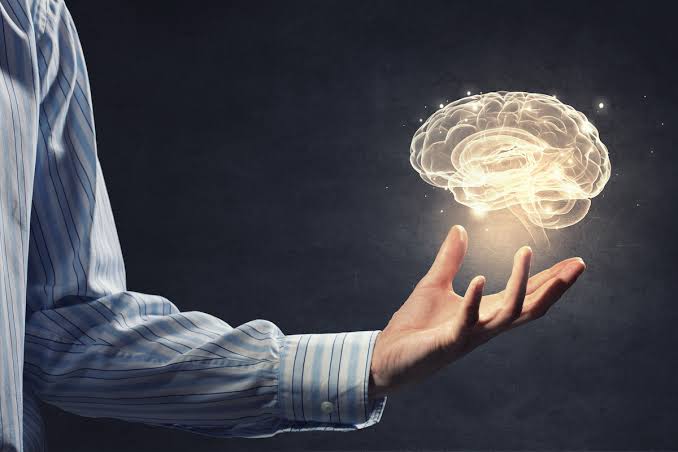The human brain is complex and mysterious and we have not been able to uncover all its secrets. In this report published by the Turkish newspaper Milliyet, writer Tosun Pasha presented amazing facts about this member.
1- The brain is more complex than a supercomputer
The “K Computer” is considered the world’s first supercomputer produced by Japan, and it is known as the fastest and most powerful computer as it contains 88,000 processors and its ability to perform 10.51 quadrillion calculations per second. To be able to do this, this computer consumes an amount of electrical energy equivalent to that of a medium-density city.
This computer was used to conduct an experiment in 2014 that attempted to simulate only 1% of the human brain’s neural network, and it took 40 minutes. The K-Computer was retired in 2019 in favor of more advanced supercomputers. But even new supercomputers do not have the ability to mimic the performance of the complex structure of the human brain.
2- Huge memory capacity
In 2007, Canadian Dave Farrow set a world record by memorizing 3,68 playing cards spread across 59 suits in just one session. In 4 hours, 58 minutes and 20 seconds, he was able to count the papers he had memorized and made only one mistake.
In fact, the human mind is capable of achieving a record greater than that. According to the Salk Institute for Biological Studies, the digital equivalent of the human brain’s memory size is equivalent to 1 petabyte of information. That’s 20 million 4-drawer dressers full of written paper.
3- Half a brain is enough
The extent of brain development does not depend on its size. The sperm whale, for example, has a brain 6 times larger than that of humans, but it is not classified among the most intelligent creatures. A person can live with half a brain, and while removing part of the brain has negative consequences for adults, it turns out that children adapt to this condition more easily.
4- It does not contain pain receptors
Physical injuries stimulate pain receptors, and the thalamus is responsible for activating sensory signals. These signals reach the parts of the brain responsible for sensation, thought, and emotion, and this is how we feel pain. But the strange thing is that we do not feel pain when the brain is injured, because it does not have pain receptors.
There are no pain receptors in the brain itself. But the meninges (coverings around the brain), periosteum (bone coverings), and scalp all have pain receptors. Surgery can be performed on the brain and in theory the brain does not feel this pain.
5- Synesthesia is acquired
Synesthesia is the integration of two or more senses, the most common case being the integration of colors and numbers. Synesthetes see some numbers as colors. The famous physicist Richard Feynman, who won the Nobel Prize in 1965, previously declared that he saw equations as colors. One in every 300 children is born with synesthesia, but if the mind is not trained to develop this ability, it will fade over time.

